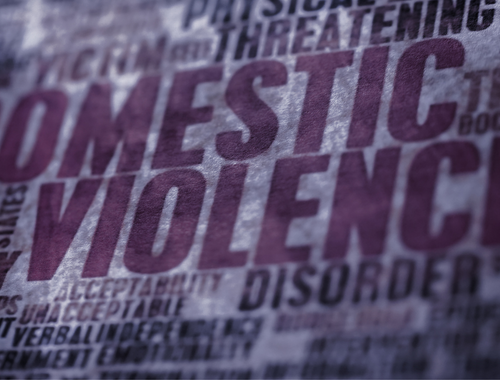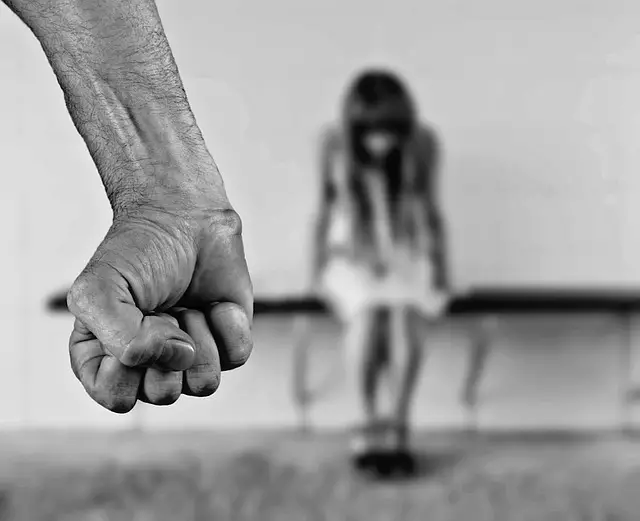
Domestic violence is one of the major public health challenges that is affecting several individuals, families, and the community at large, and reported evidence has shown that it has been on the rise since the Covid-19 pandemic lockdown-Gianesan and Chethiyar in The Causes of Domestic Violence from the Perspective of Counselors in the Covid-19 Pandemic Phenomenon.
Domestic violence also known as domestic abuse could be described as a pattern of behavior displayed by an individual in any relationship which is used to gain or maintain power and control over another- a definition culled from Domestic violence: Causes by Garsia Odalys.For the victims, the result of domestic violence can lead to depression, drug abuse, alcohol abuse, and also bodily pain which can range from mild to severe.
What are the myths about domestic violence?
The severity of the resultant effects of domestic violence is more than enough reason to burst the several myths about domestic violence.
- Domestic violence happens when there is physical abuse
Rollero and De Piccoli explained that the behavioral pattern associated with domestic violence may be displayed in several forms such as emotional abuse, sexual abuse, physical abuse, threats and/or intimidation, or financial deprivation. Such aggressive or violent behavior if not checked could result in mental health problems, physical injury that may lead to disability; and other unpleasant outcomes which may affect the victim sexually as well as economically and may lead to death highlighted by Garsia.
- Domestic violence only takes place in the home
Domestic violent acts may be perpetrated inside or outside the home environment by a family member or other people who play a parental role even if they do not have any blood ties with the victim says the authors of “The social networks of adolescent victims of domestic violence and bullying”-Fernandes, Yunes, and Finkler.
- Women are the only victims of domestic violence
The fact is, anyone, can be a victim of domestic violence- a man, a woman, or even a child can be a victim of domestic violence as he/she witnesses domestic violence scenarios- “children who were exposed to domestic violence at young have a greater risk factor relating to domestic violence and sexual assault victimization.” documented Garsia
- The victims provoked the abuse meted out on them
Fact: the victims are not the cause of the violence or abuse they are subjected to. The determinants of domestic violence can be grouped into two main types- the external and the internal determinants. The external determinants include; financial constraints, cultural norms like male dominance, religious norms, exposure to domestic violence scenarios at a young age, etc. The internal determinants may include; family stress, poor communication, and other factors say Gianesan and Chethiyar: Garsia.
FAQs on Domestic Violence
- What are the 3 phases of the domestic violence cycle?
The first phase as described in the book Rethinking Domestic Violence by Donald G. Dutton is known as the “baseline”. This phase is characterized by “escalating anger, and outbursts on the part of the abuser; accompanied by a sense that his /her behavior is justified (through blaming and negatively perceiving the partner), by a fear of the victim leaving, and by increasing oppression, jealousy and possessiveness to keep the victim captive.”
The second phase known as the “rage state” is characterized by “an uncontrollable discharge of tension that has built up during phase one. The abuser doesn’t usually stop until he/she is exhausted” and this will lead to what David called the “blown out” point. Aim- to win back the victim.
The third phase is characterized by” exhaustion, contrition, confession, promises of reform, and attempt to convince the victim and others that the abuse will not happen again.”
- Who are the victims of domestic violence?
Anyone may be a victim of domestic violence; violence can be meted out on male or female, young or old.
- What does domestic violence cause?
Domestic violence can lead to depression, sexually transmitted diseases, mild or severe bodily pain, alcohol, and drug addiction, death, risk of becoming abusive, etc.
- Is domestic violence a crime?
Yes, domestic violence is a crime punishable by law. Although, the level of punishment is dependent on the severity of the offense as perceived by the court.
- Can domestic violence charges be dropped?
Yes, if the state prosecutor does not get evidence (if the victim decides not to testify against the offender) or enough evidence (if the victim’s oral statement made does not match with the written statement documented when the case was filed).
- What constitutes domestic violence?
Domestic violence includes but is not limited to;
- emotional abuse; talking down on the victim with intent to make them feel inferior,
- Physical abuse; beating
- Sexual abuse; rape
- Child abuse; child neglect
- Economic abuse; financial deprivation, etc.
- Why domestic violence victims don’t leave?
Some of the reasons why domestic violence victims stay are;” pregnancy, keeping the family together, economic dependence, religious and cultural beliefs, physical entrapment, social isolation, learned helplessness/coping mechanism,” – Heron, Eisma, and Browne.
- Can domestic violence be verbal?
Yes, domestic violence can be verbal-it forms part of the psychological aggression the victim is subjected to. For example, talking down on the victim in order to make he/she feel inferior.
- Can domestic violence cause PTSD?
Yes, domestic violence can cause Post Traumatic Stress Disorder to the victim that has survived the ordeal.












Leave a Reply